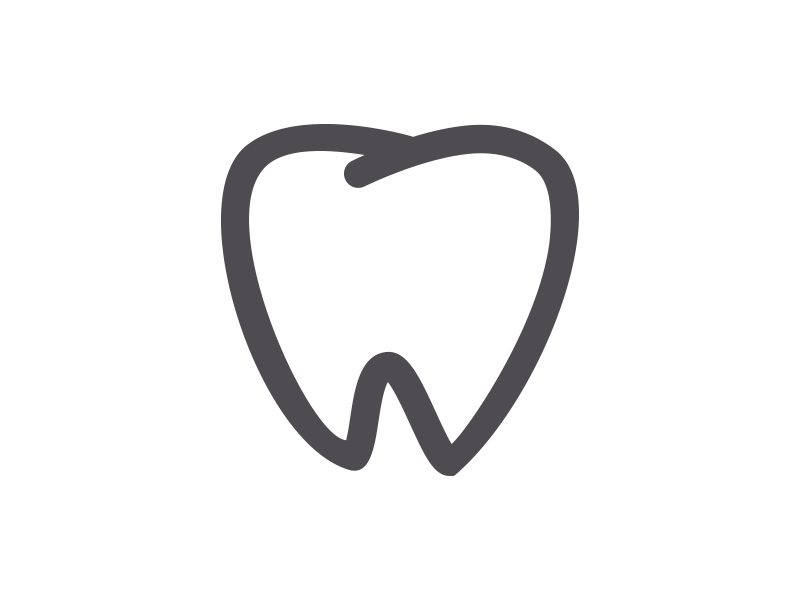Tooth Decay
Tooth Decay
Some people think only children get tooth decay, but all of us are at risk our whole lives. The good news is that tooth decay can be prevented. By following a healthy oral care routine and making smart food choices, you can lower your risk for tooth decay.
What is tooth decay?
Tooth decay is a disease that damages and breaks down teeth. A tooth has a hard outer layer (enamel), a middle layer (dentin) and a center (pulp). The more layers affected by decay, the worse the damage.
Diagram of a Healthy Tooth
 |
If tooth decay is not treated, it can lead to pain, the spread of infection, loss of teeth and loss of self-confidence. People with tooth pain often cannot eat or sleep properly and may miss days of work or school. And tooth decay is not only unhealthy, it also looks bad.
An abscess (pus-filled sac) from a cavity can cause serious or even life-threatening infections when not properly treated. It is much simpler and more affordable to prevent tooth decay than to repair or replace a decayed tooth.
What causes tooth decay?
Your teeth are covered by a sticky film of bacteria called plaque (sounds like PLAK). After a meal or snack, the bacteria turn the sugars in foods and drinks into acid. The acid attacks the tooth enamel.
When you have sugary foods or drinks many times a day, or if you sip on the same sugary drink for long periods of time, the acid attacks your tooth enamel again and again. The acid eats away at the tooth and can cause decay. A hole called a cavity can form.
Progress of Tooth Decay
 Early decay may not be easy for you to notice. |
 Decay under the tooth surface may be larger than it looks from the outside. |
 If tooth decay is not treated, it can cause an abscess and can lead to serious infections. |
Who gets tooth decay?
People of all ages can get tooth decay. Your risk may increase if you:
• often snack and sip on sugary foods and drinks
• have a dry mouth from medicines or for other reasons
• have weak enamel due to genetics or a childhood illness
• don’t brush twice daily with a fluoride toothpaste
Can tooth decay be passed from person to person?
No, but the bacteria that cause tooth decay can be shared. Bacteria can be passed from one mouth to another by kissing, sharing a cup or spoon, or anything else that carries a drop of saliva.
Can tooth decay be prevented?
Yes. Here’s how:
• Brush your teeth twice a day with a fluoride toothpaste.
• Avoid frequent sipping and snacking on sugary drinks and foods.
• Drink water that has fluoride.
• Visit your dentist regularly for an exam and a professional teeth cleaning.
• Ask your dentist if dental sealants are right for you or your children.
 Your saliva helps prevent tooth decay, too. It reduces acid damage to a tooth by washing away sticky, sugary foods. Saliva also makes the acid weaker. Chewing sugarless gum after eating can increase saliva flow and help rinse away sugars. The minerals in saliva also can help repair the tooth.
Your saliva helps prevent tooth decay, too. It reduces acid damage to a tooth by washing away sticky, sugary foods. Saliva also makes the acid weaker. Chewing sugarless gum after eating can increase saliva flow and help rinse away sugars. The minerals in saliva also can help repair the tooth.
When choosing dental care products, look for those that show the American Dental Association’s Seal of Acceptance. The Seal of Acceptance tells you that, when used as directed, the product meets the ADA’s standards for safety and effectiveness.
Common places where decay forms
Tooth decay can damage any tooth. It often occurs between the teeth and in the grooves of the back teeth, where bits of food collect. Back teeth are harder to keep clean because they are not as easy to reach. Also, toothbrush bristles cannot get into the grooves. Decay also can form at the tooth root and go below the gumline.
Common Places for Decay
 |
 |
Do you have tooth decay?
Symptoms of tooth decay can include spots on the teeth, bad breath and loose fillings. Tell your dentist if your teeth are sensitive to heat or cold or if you have any tooth pain. Your dentist will examine your teeth and take X-rays if needed.
How is decay treated?
Treatment depends on how early the decay is caught. Before cavities form, fluoride treatments may solve the problem. If you have a cavity, you’ll need a filling. A large cavity may need a crown to replace the decayed part of the tooth. If the center (pulp) of your tooth is involved, root canal treatment may be your last chance to save the tooth. Finally, a badly damaged tooth might have to be pulled and replaced. Your dentist will discuss options and plan the best way to get your mouth healthy again.
Decay under a filling photo captured by Dr. Joseph Nelson II.
Patient education content ©2017 American Dental Association. All rights reserved. “ADA” and the “ADA” Logo are registered trademarks of the American Dental Association.




